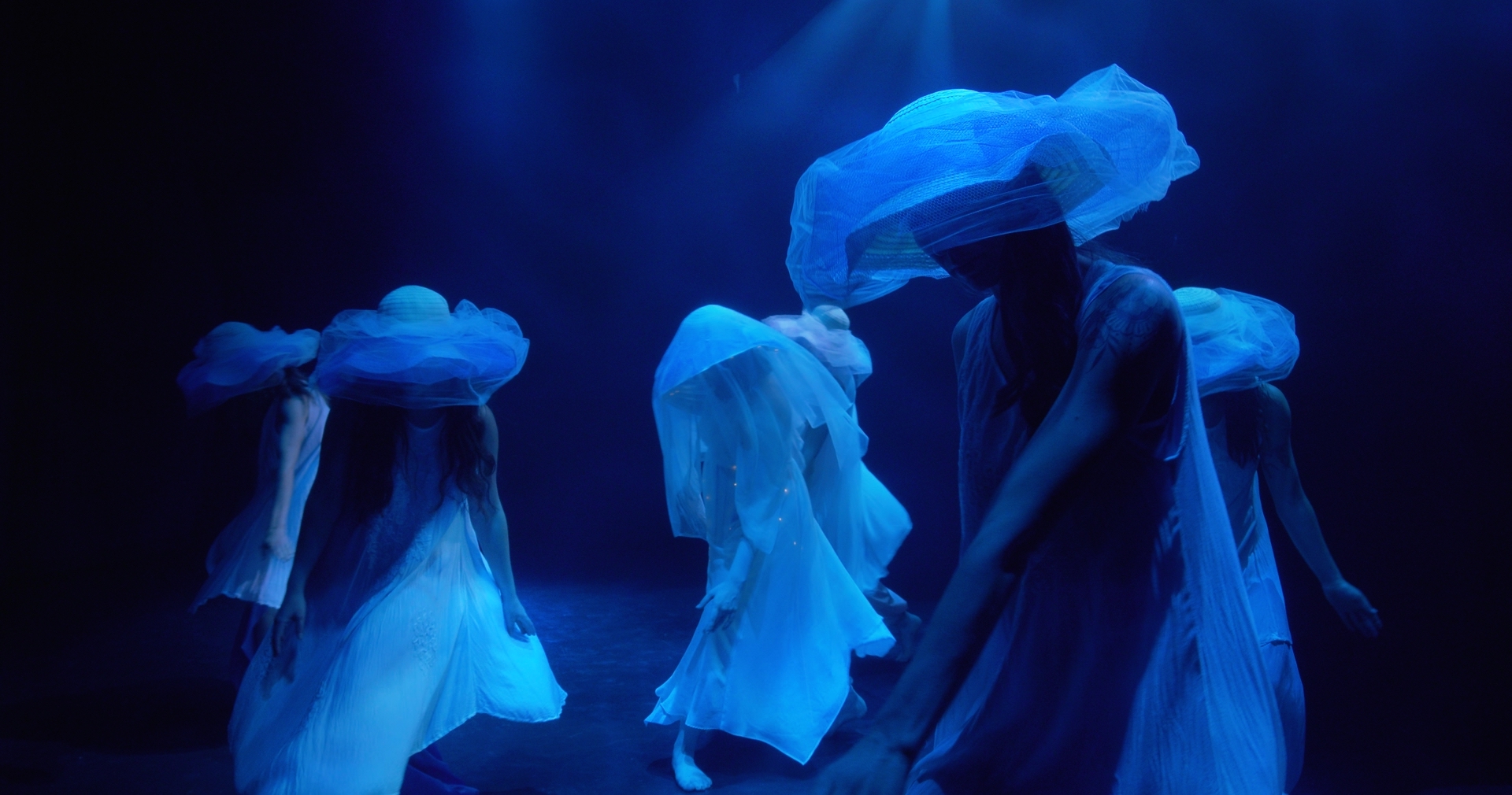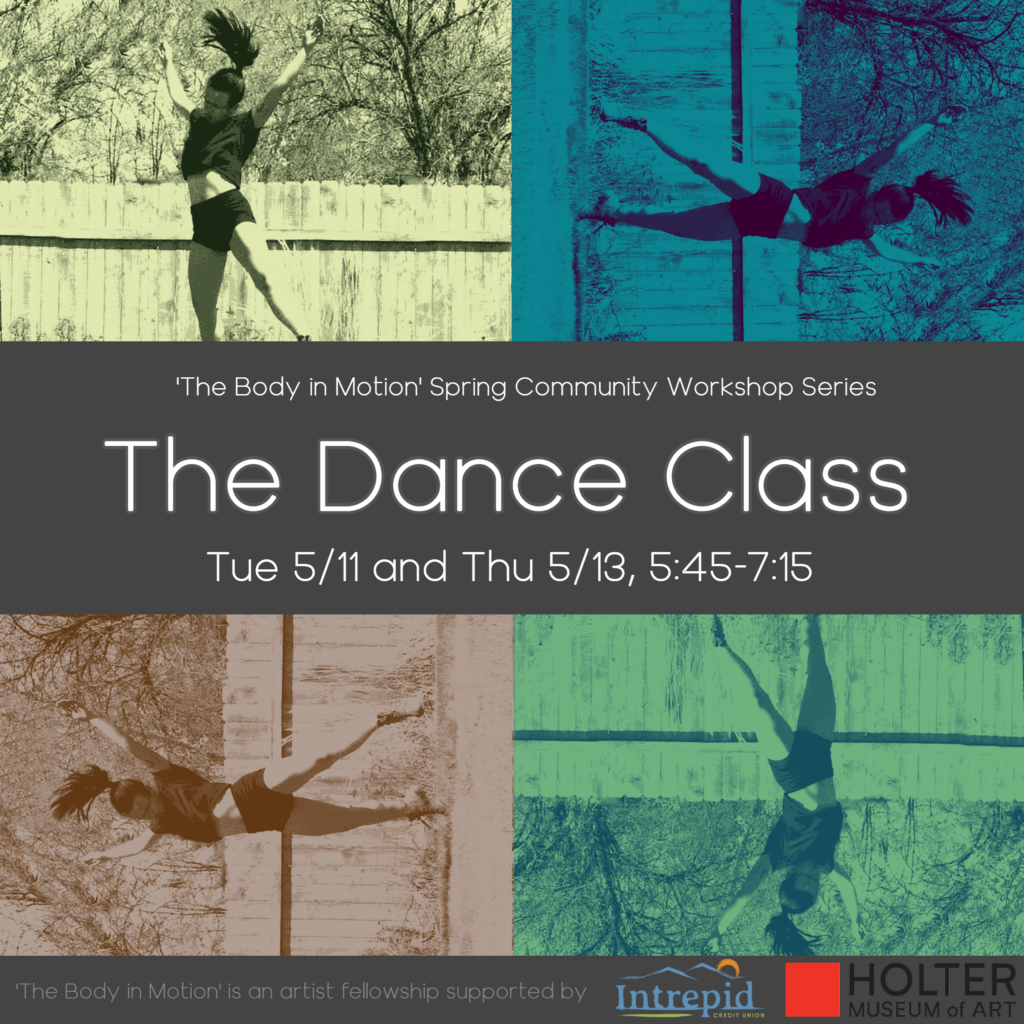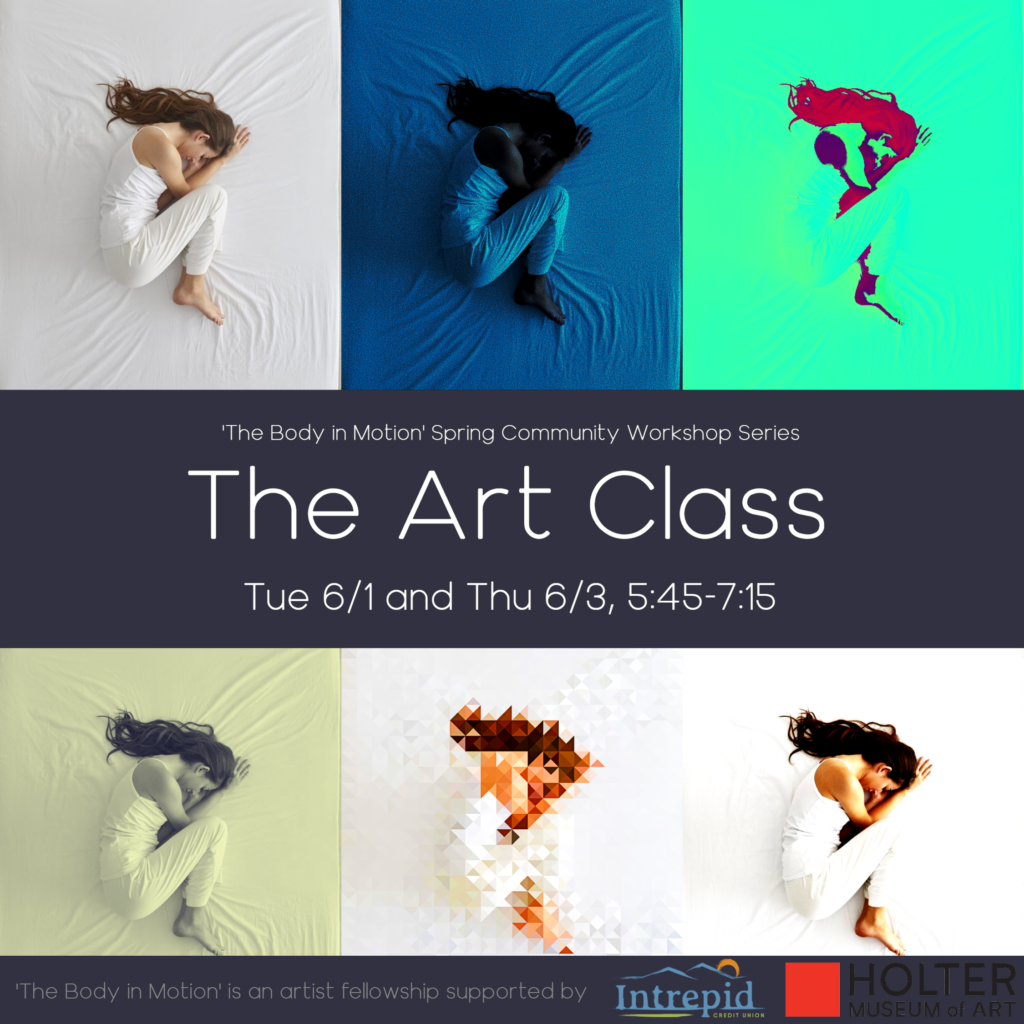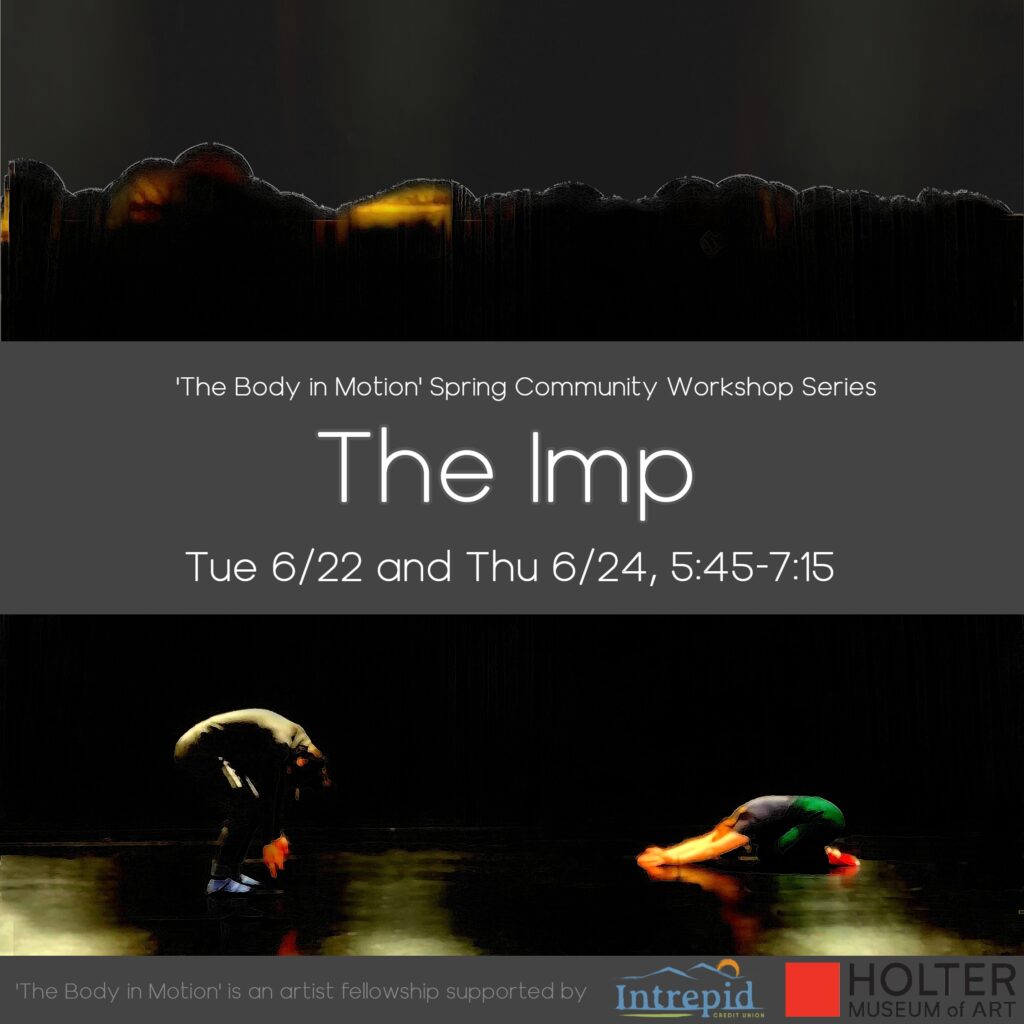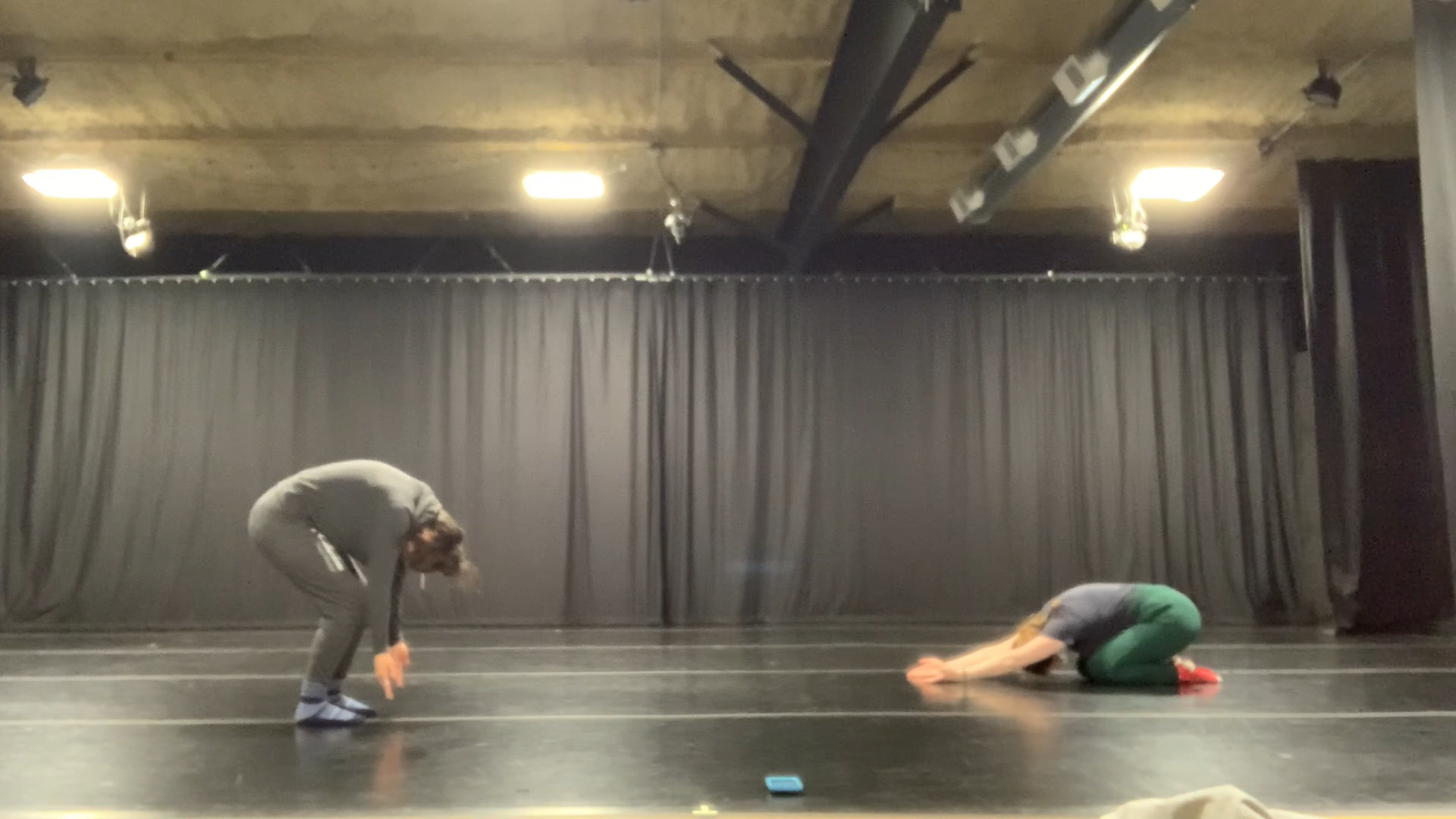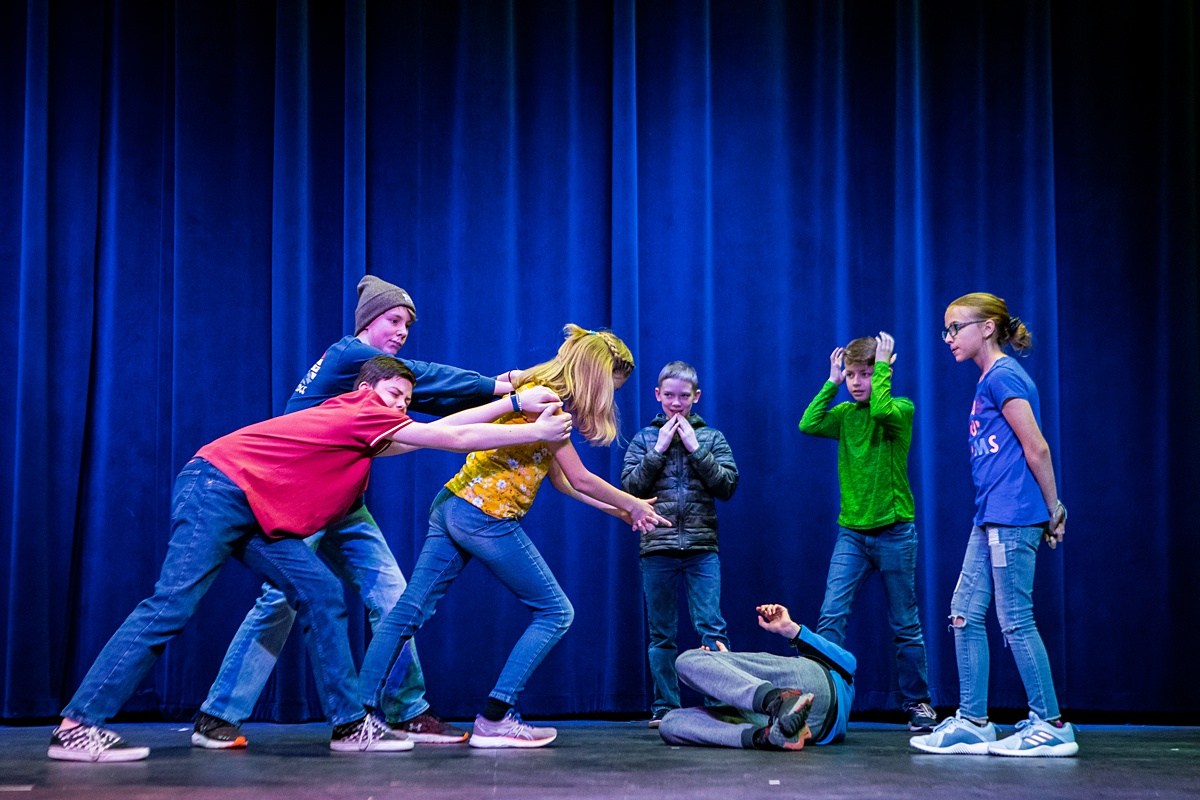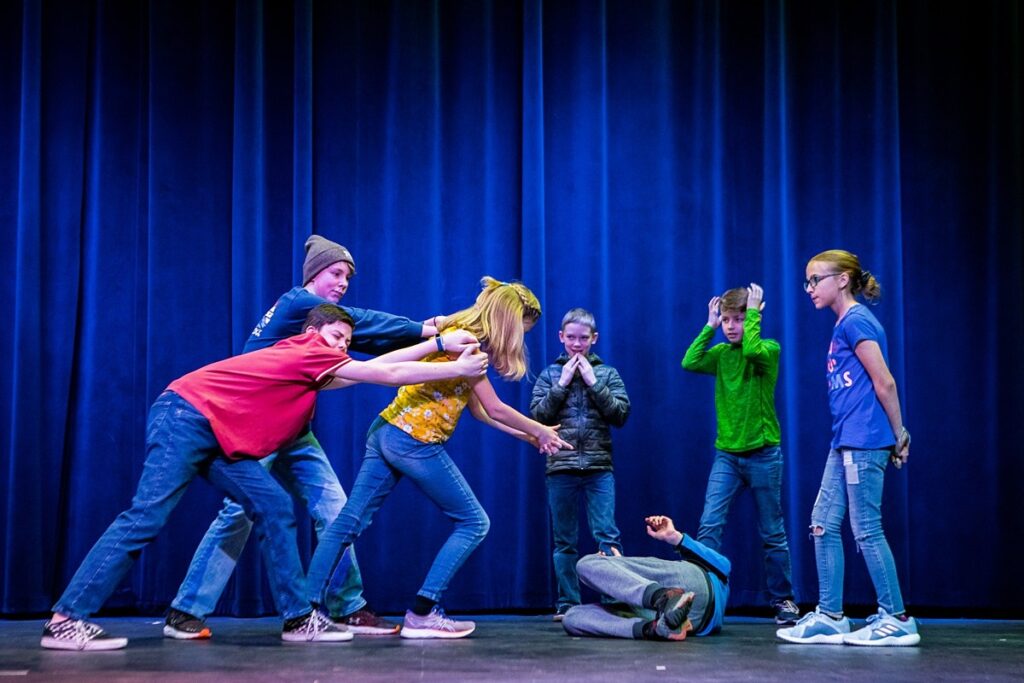This summer, I am an OpenAIR Artist Resident at the UM Emlen Biology Lab, which studies evolutionary biology and animal weapons through the lens of insects and specifically, the Japanese Rhinoceros Beetle. As part of my research and creative process, I am leading a series of 2-hour workshops that use movement to explore and model some of the evolutionary adaptations and pressures that drive animal weapon development.
Workshop Details
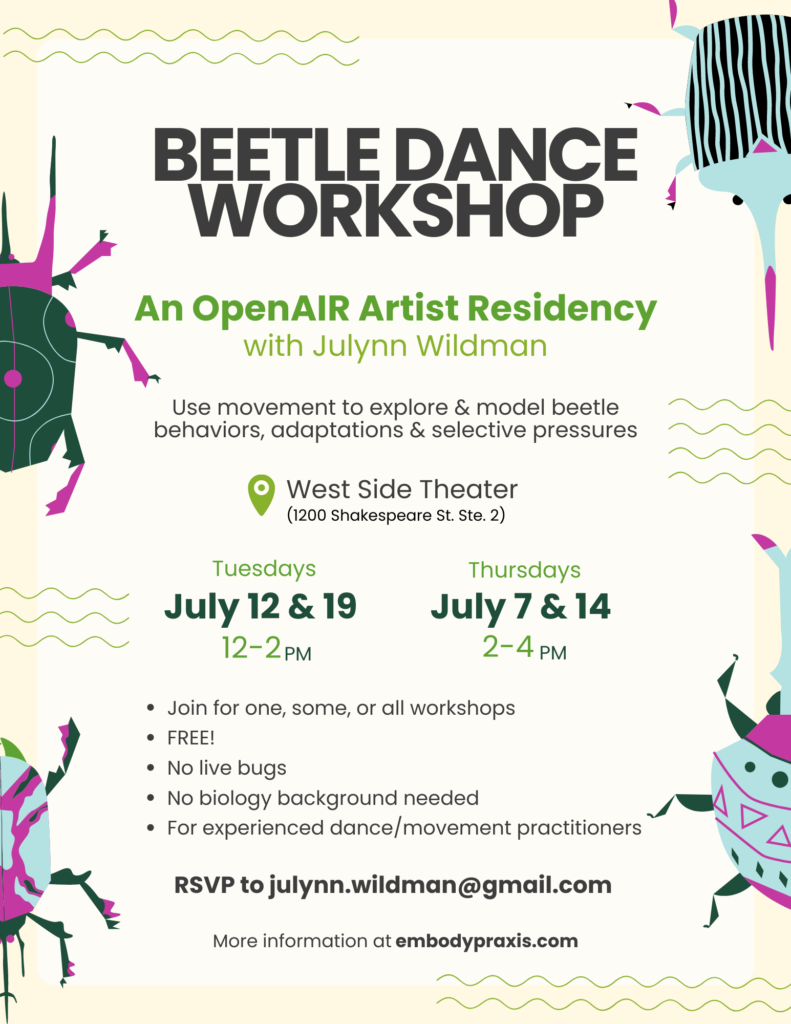
Thursday July 7, 2-4 pm
Tuesday July 12, 12-2 pm
Thursday July 14, 2-4 pm
Tuesday July 19, 12-2 pm
At the West Side Theater (1200 Shakespeare St., Ste. 2)
– Join one, some or all of the workshops
– No prerequisite science background
– Designed for experienced movers and dancers
– Free to participate
What does a ‘Workshop’ Look Like?
Generally I split ‘workshops’ into three phases. In the first, we get warmed up and settled in the space and with the group. After that, I will introduce the research questions and lead the movement prompts and activities that we will use to explore them. Lastly, we will cool down and have a de-brief and feedback session.
Some research I am curious about right now includes:
- Examining the rituals of confrontation (i.e. ‘sizing each other up’ instead of automatically going full tilt)
- comparing the selective pressures of female choice versus male competition
- balancing competing selective pressures (eg. balancing speed and maneuverability with size and strength)
AQ’s (Anticipated Questions)
When you say this is about bugs, do you mean…? No, I will not be bringing bugs to these workshops although the rogue studio fly is out of my control.
Will there be a performance? Due to time constraints in this residency, my focus will be creating and recording material, not necessarily performing it.
Do I have to go to all the workshops? These workshops are designed to be independent of one another, meaning you can come to one, some, or all of them.
Do I have to be a dancer? No but I ask that all participants have a movement background that allows them to explore and create freely and safely. If you are unsure of how you fit in that criteria, please reach out and let’s talk!
I’m interested, but would have to show up late/leave early. Because this is a lot of material and a limited amount of time, I ask that participants are present for the full duration of the workshop.
Other questions that I didn’t anticipate? Write back and ask!
